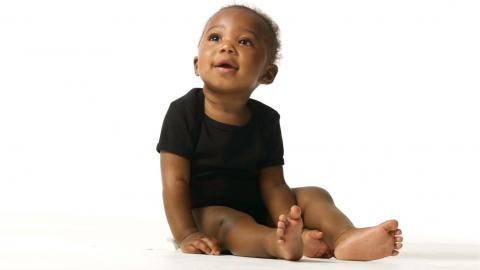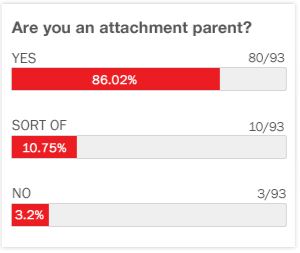
There are many options for diapering babies, but there is a school of thought that focuses on avoiding the exclusive use of diapers in favor of supporting the use of a potty from the beginning. This is known as elimination communication. Elimination communication operates under the premise that teaching a child to sit in wet diapers is counter productive to their development since parents will eventually have to reverse these teachings in order to train their children on the toilet. In theory, this makes a lot of sense, but putting elimination communication into practice can be quite a commitment for parents to take on. Parents who educate themselves on the strategies and challenges of this philosophy will find that their research can ease them and their babies into an excellent alternative to traditional diapering methods.
Modern parents may be oblivious to the fact that elimination communication exists as an option for their families. Parents may read or hear of this in passing and think it to be a strange, eccentric method of diapering and immediately dismiss it. Although conventional diapering is convenient, there are reasons to why elimination communication is considered to be more appropriate for children. Megan Macmanus shares what elimination communication is and why makes sense in contrast to cloth and disposable diapering. Macmanus states that parents are training babies to eliminate waste in diapers only to train them to lose the diaper shortly after the baby has grown accustomed to using them. It appears that using diapers is akin to taking the long way around when addressing potty training issues. With the difficulties parents face when getting their toddlers to potty train, elimination communication is a logical alternative to the norm.
The first thing parents will need to learn when trying to begin elimination communication is how to tell when the baby has to relieve themselves. Macmanus explains how parents can fight this challenge when starting to practice elimination communication. If starting elimination communication with a toddler who is able to signal basic needs to parents, there are ways in which they can communicate with the parents about their need to relieve themselves. Mandy Schutt provides some excellent strategies for this. It is also important, mainly for parents of infants, to team up and work together during the times when the baby has to go to the bathroom. This will prevent any accidents with an infant who cannot support their own weight as well as reduce the stress of having to go for both baby and parents, which subsequently creates a positive association with using the potty.
Parents often worry that taking on a method such as elimination communication means they cannot use diapers at all. On the contrary, the philosophy isn't based on the idea of scrapping diapers altogether. Schutt confirms this and reveals what the true motive for using elimination communication is. The point of preventing a baby from sitting in wet diapers is to teach them to recognize their own body's cues and convey the message, from the beginning, that waste does not belong in their garments. In general, this method is a common sense approach compared to using present day diapering methods. Regardless of the amount of extra responsibility needed, parents who use elimination communication feel that it is a worthwhile choice which has helped to ease some of the baby's anxiety when they begin potty training. With vigilance, patience, and education, a parent may find that elimination communication is the natural and appropriate way to address their baby's diapering needs.











This is an interesting concept... but I think my wife and I will stick to using diapers for now.